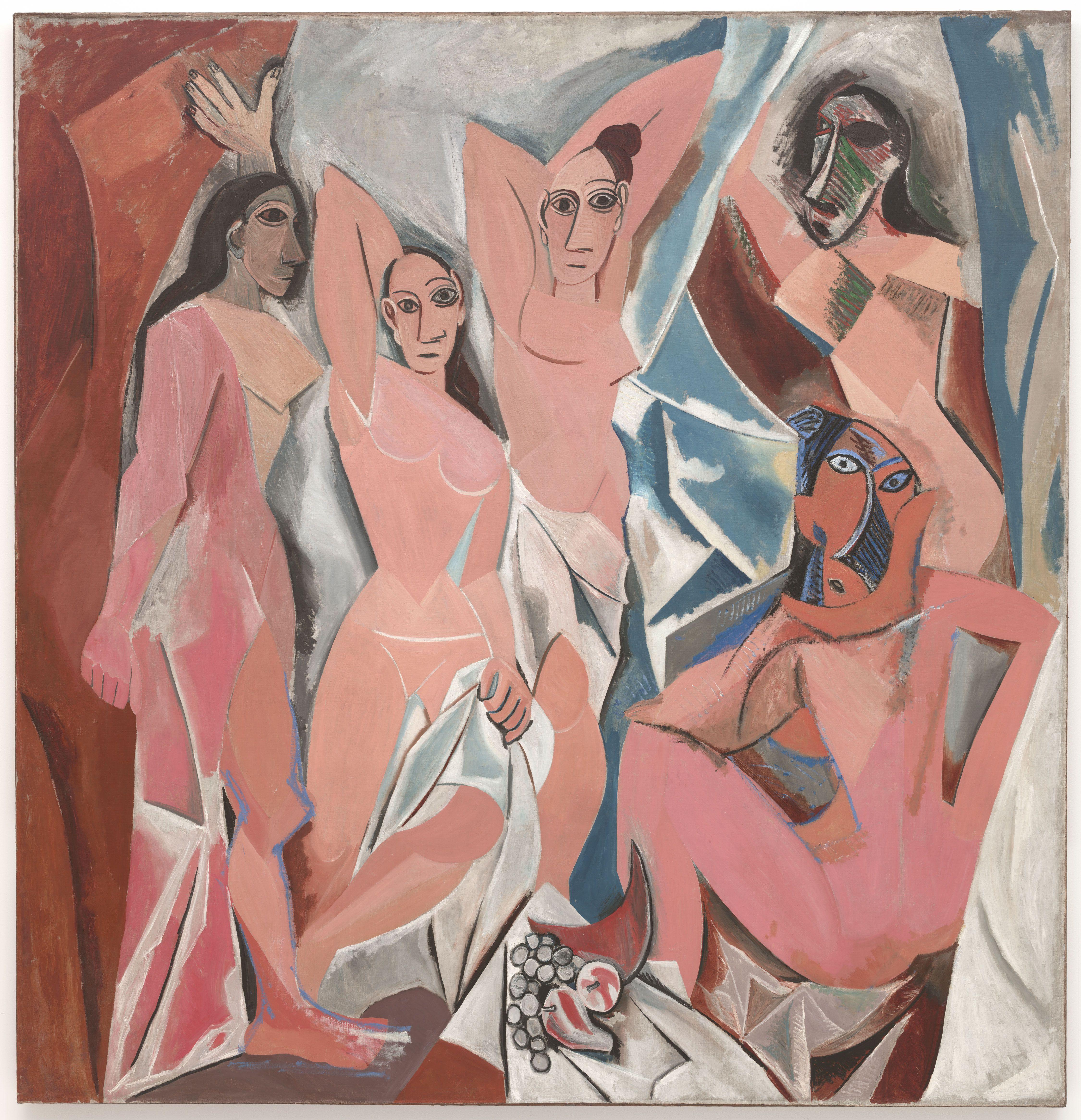Friday 24th March 2017
Cubism
 “Cubism was a revolutionary new approach to representing
reality invented in around 1907/08 by artists Pablo Picasso and Georges Braque
who aimed to bring different views of subjects (usually objects or figures)
together in the same picture, resulting in paintings that appear
fragmented and abstracted”
“Cubism was a revolutionary new approach to representing
reality invented in around 1907/08 by artists Pablo Picasso and Georges Braque
who aimed to bring different views of subjects (usually objects or figures)
together in the same picture, resulting in paintings that appear
fragmented and abstracted”
Picasso is said to have started cubism with his ‘Demoiselles
D’avignon’ in 1907. Artworks in this genre break down objects and figures into
areas or planes on a canvas, showing different viewpoints at the same time that
suggests a three dimensional form. However, this actually emphasised the
flatness of the canvas.
There are two types of cubism: analytical and synthetic. Analytical
is more severe with interweaving lines and planes. There was also mostly only
muted colours used. Synthetic cubism used simpler shapes and brighter colours. It
was also one of the first times that real objects were included in the pieces,
this lead to “one of the more important ideas in modern art.”
Cubism is described as reducing everything to “geometric
outlines, to cubes” which correlates perfectly with my own practice. Looking at
cubism has re-inspired my work and I am feeling much more motivated after
discovering an approach that my work might actually belong to.
Related artists include:
- Pablo Picasso,
- Georges Braque,
- Juan Gris,
- Fernand Leger,
- Jean Mertzinger,
- Robert Delaunay,
- Albert Gleizes.
No comments:
Post a Comment